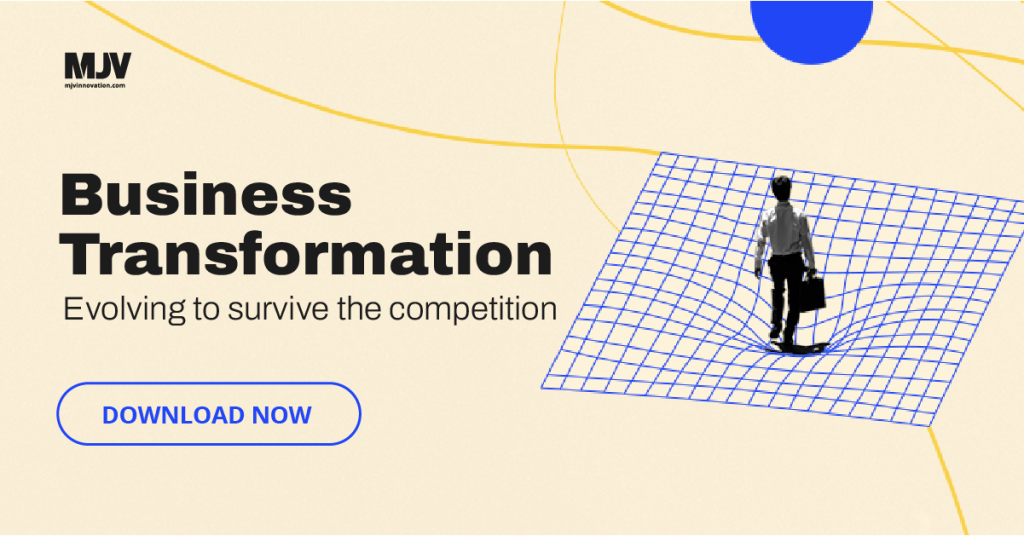Strategic Risk Management & Fraud Intervention: Playing it Safe in Insurance
Despite insurance companies being well-adapted to risk, operational risks remain one of the industry’s top pains. Learn how to manage them properly.
Increasingly, insurers are facing a variety of strategic threats that could undermine the very core of a company’s value proposition along with its foundational business model.
To add to this challenge, innovative technologies and new competitive paradigms are rapidly and radically impacting nearly every area of business, which can lead to some companies being left in the dust.
With a strategic risk management framework, insurers can proactively protect themselves against the potential of being disrupted and perhaps even displaced by transformational trends in technology, the economy, and consumer preferences.
However, it is not enough to have this framework in place. To add to the aforementioned challenges there is the ever-present threat of fraud to deal with, which requires specific data science interventions.
Continue reading to see how strategic risk management can provide the framework for a safer business structure and how data science can help insurers avoid headaches and financial damage!
The Strategic Risk Management Process
The strategic risk management process is a framework for recognizing, assessing, and managing potential business threats. It evaluates different strategies to address exposures within a tolerance level acceptable to the business.
Strategic Risk management is a proactive method of planning and providing for a variety of potential risks, whether they be financial, reputational, or operational.
Unlike in many other industries, risk management is already an essential insurance function of companies. These programs, however, are generally not designed to address strategic risks that can be disruptive to an insurer’s value proposition or business model, and which are typically difficult to measure, predict and minimize.
What a risk management process can achieve
Businesses can’t be successful without taking risks, but how much risk is acceptable in order to achieve strategic objectives? Risk management processes ensure objectives are achieved whilst reducing unnecessary risks.
The development of a risk management framework will assist businesses in understanding its limits. Communicating that message to staff sets the tone and forms an important part of company culture.
To effectively manage state-of-the-art technologies and new competition from nontraditional sources, insurers should consider adopting strategic risk management as their framework. Not only does it help in managing the potential downside of disruptive risks but also to achieve faster growth by being better prepared to capitalize on resulting opportunities.
A transition to Strategic Risk Management program represents the logical next step in an insurance company’s risk management maturity curve.
The Fraud Angle:
While the insurance industry focuses on risk-based analyses for its own programs, firms also need to apply those same risk management processes to securing customer information. And with that customer information comes the risk of fraud, and to add to that risk, through the increased use of digital channels, the scale of fraud has expanded. All institutions need to be aware that due to the sophistication of these types of attacks, they are problems that need to be efficiently solved.
The fight against insurance crimes is a daily challenge across the world. The growth of fraud attempts has led insurers to the logical investment in anti-fraud technologies. Winning the war on fraud requires companies to get ahead of the criminals. The good news is that technology can help and insurers are more and more understanding that they need a big data strategy for various purposes.
Thanks to data science, it’s possible to improve fraud management in real-time, with more effective results and increased customer satisfaction. With data processing and analysis, big data, artificial intelligence, and machine learning, new attack patterns can quickly be identified.
Processing Datasets:
To identify patterns of fraudulent behavior, datasets need to be processed, this is done by processing data into an organized form, in sets of information on dashboards. Once on the boards, the identification of fraud being committed shows up. An analysis is then undertaken to understand the strategies pursued by the scammers. Upon finding patterns, more accurate analysis is carried out in search of the irregularities that can prove the fraud.
Digital solutions provide detailed, real-time information for diagnoses leading to informed decisions.
Why risk management & fraud protection are necessary
A strategic risk management framework will identify and manage risks that can prevent the business from meeting its strategic objectives.
Of course mistakes and accidents will always happen, which can be expensive and time-consuming. But by taking into consideration what risks have the potential to throw your business off track, could, ultimately, be the difference between success or failure.
Key identified learnings can ensure your organization can deliver on its risk management strategy. And findings can be reported to identify any structural, process, and behavioral changes required. New strategies can be developed to ensure risk management is embedded within your organizational culture.
Let us help
The key to strategic risk management is understanding what pitfalls your business is exposed to, and fraud is something that all companies need to be aware of.
The message for insurance companies is: invest in strategic risk management that incorporates anti-fraud analytics and data technologies.
There is plenty to take in regarding strategic risk management and fraud, so if you’d like to go over the topic, why not speak with one of our specialists to discuss your individual requirements and to see how we can support and improve your risk management processes?
As markets are becoming more digitally developed and threats are gaining new levels of complexity, now is the time to invest in solutions with multiple layers of defense.
Remember: you don’t have to go it alone.

